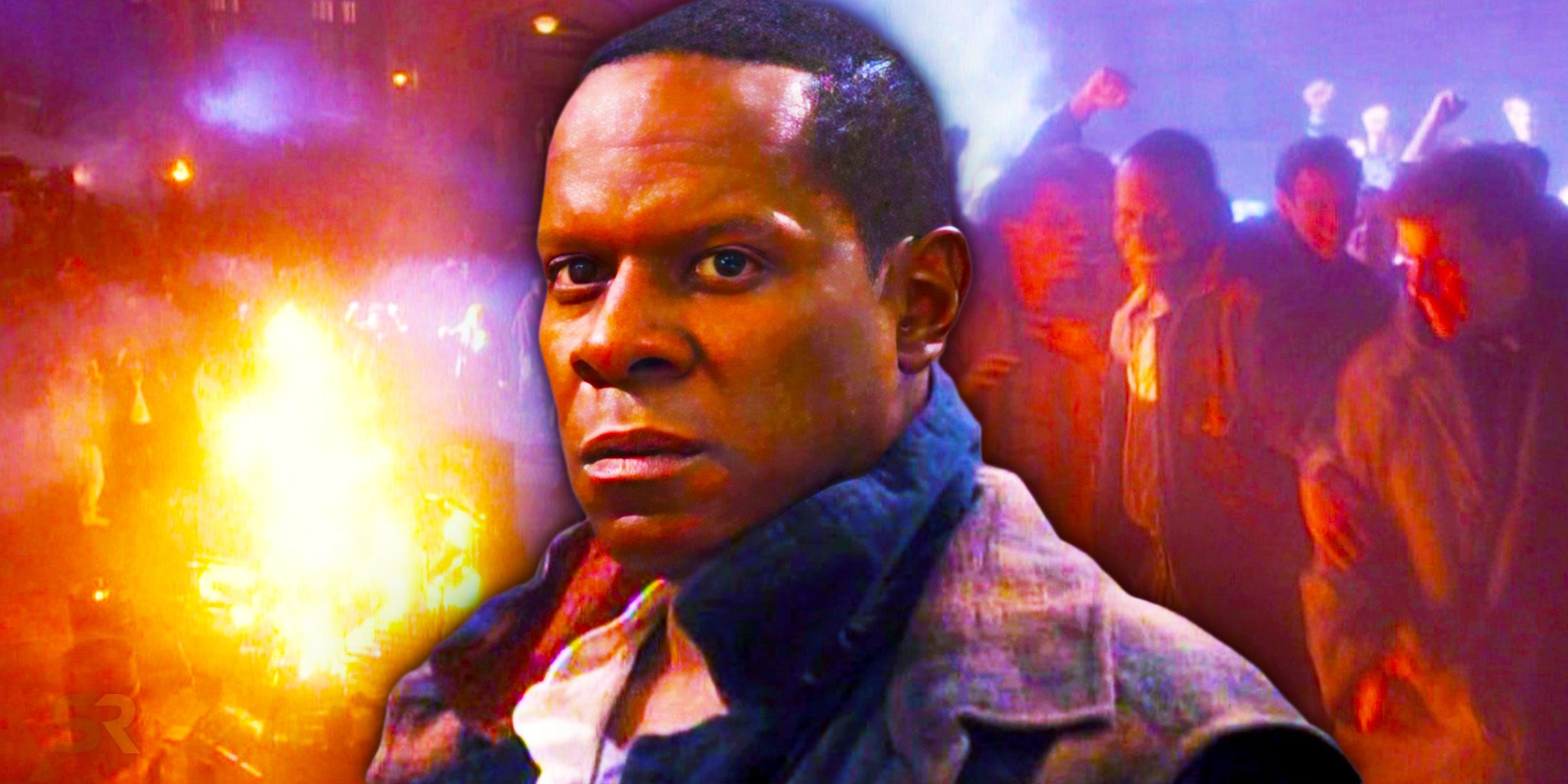
This part of the Star Trek timeline was recently revisited in Star Trek: Picard season 2, when La Sirena’s crew traveled to Los Angeles in April 2024. As a nod to Star Trek: DS9‘s “Past Tense”, signs for Los Angeles’ Sanctuary District are visible in the background of Picard‘s sets. Like Sisko and Bashir, Captain Cristobál Rios (Santiago Cabrera) doesn’t have modern ID, but Rios’ Latino heritage puts him at odds with L.A.’s ICE patrols, who mistakenly assume that Rios is an illegal immigrant. Even with Star Trek time traveling closer to the era of production, there’s no ignoring the tensions that will lead to DS9‘s Bell Riots.
Star Trek: Deep Space Nine’s Bell Riots Explained
Benjamin Sisko Becomes Gabriel Bell To Create Social Reform
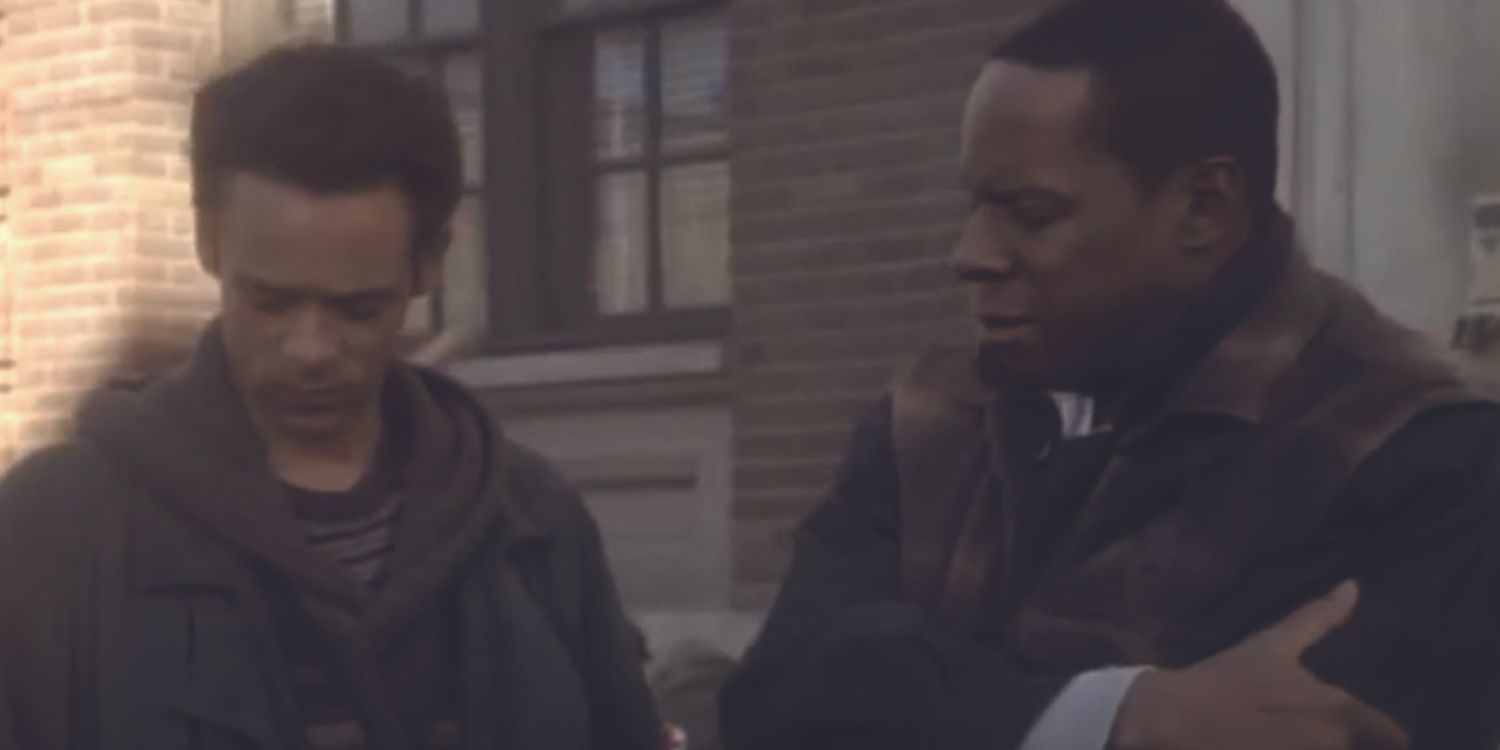
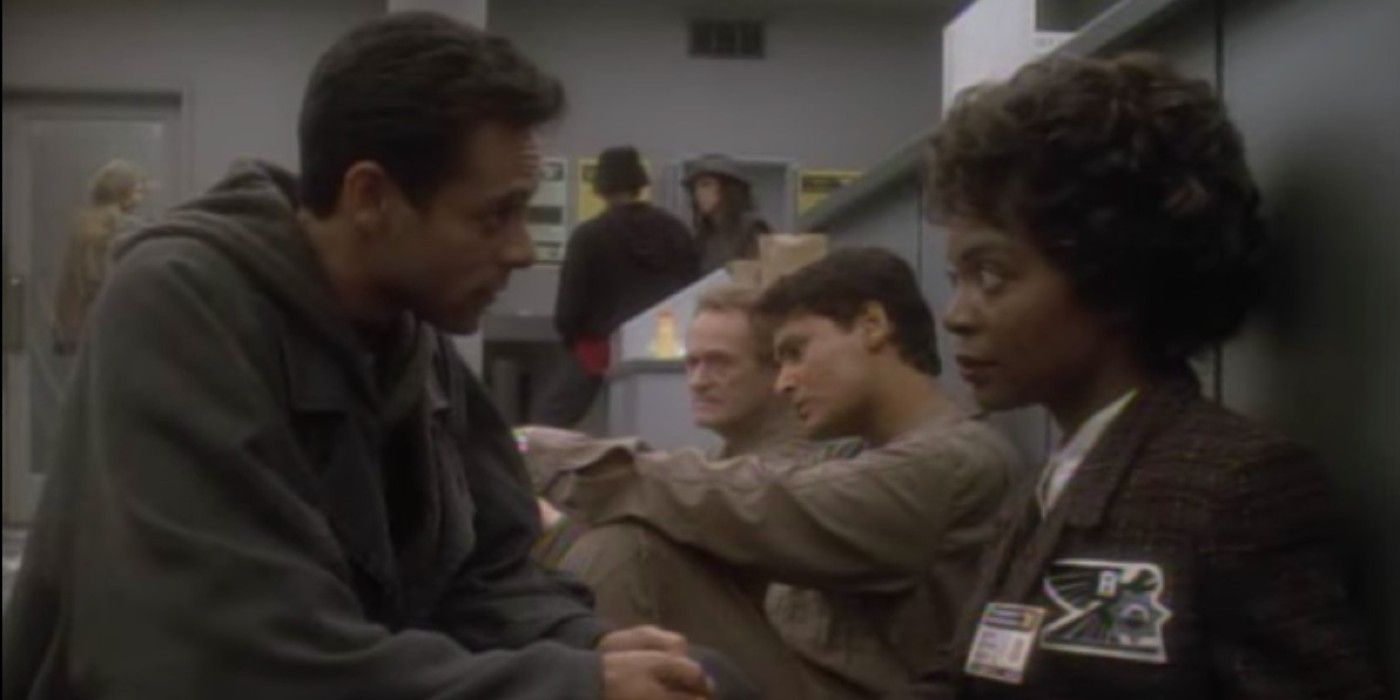
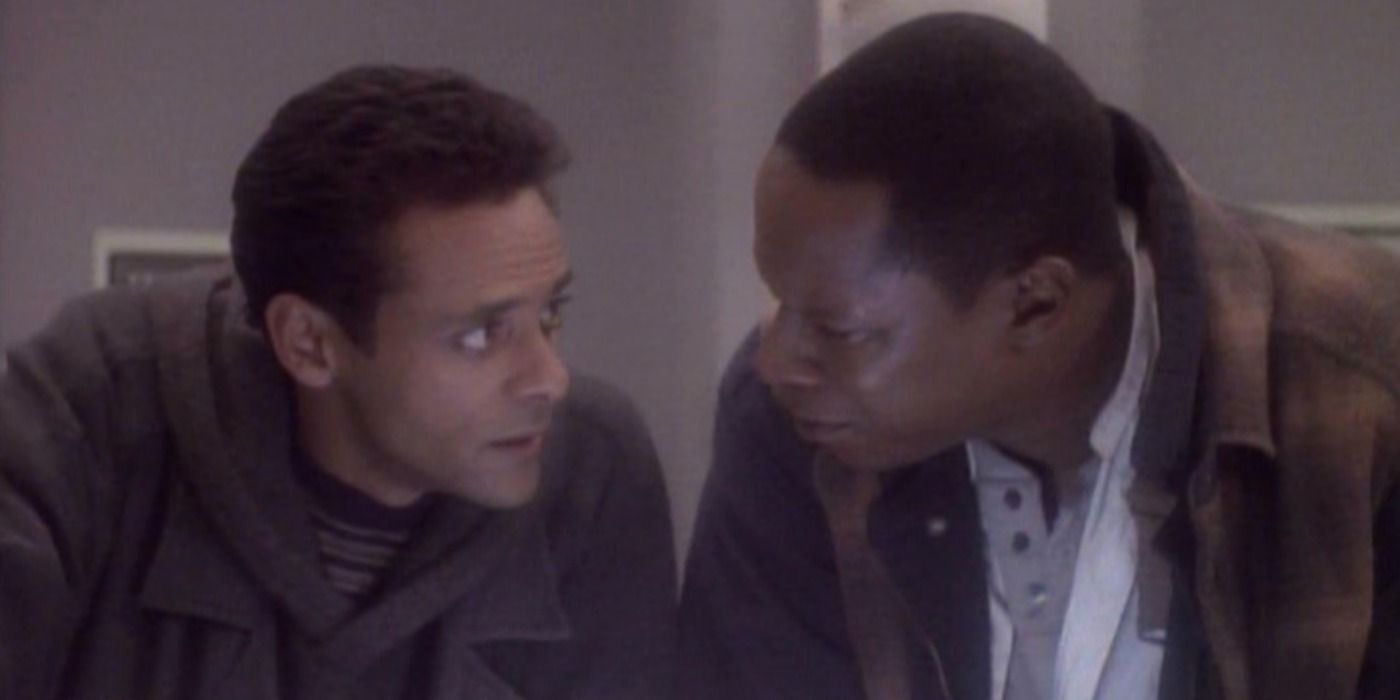
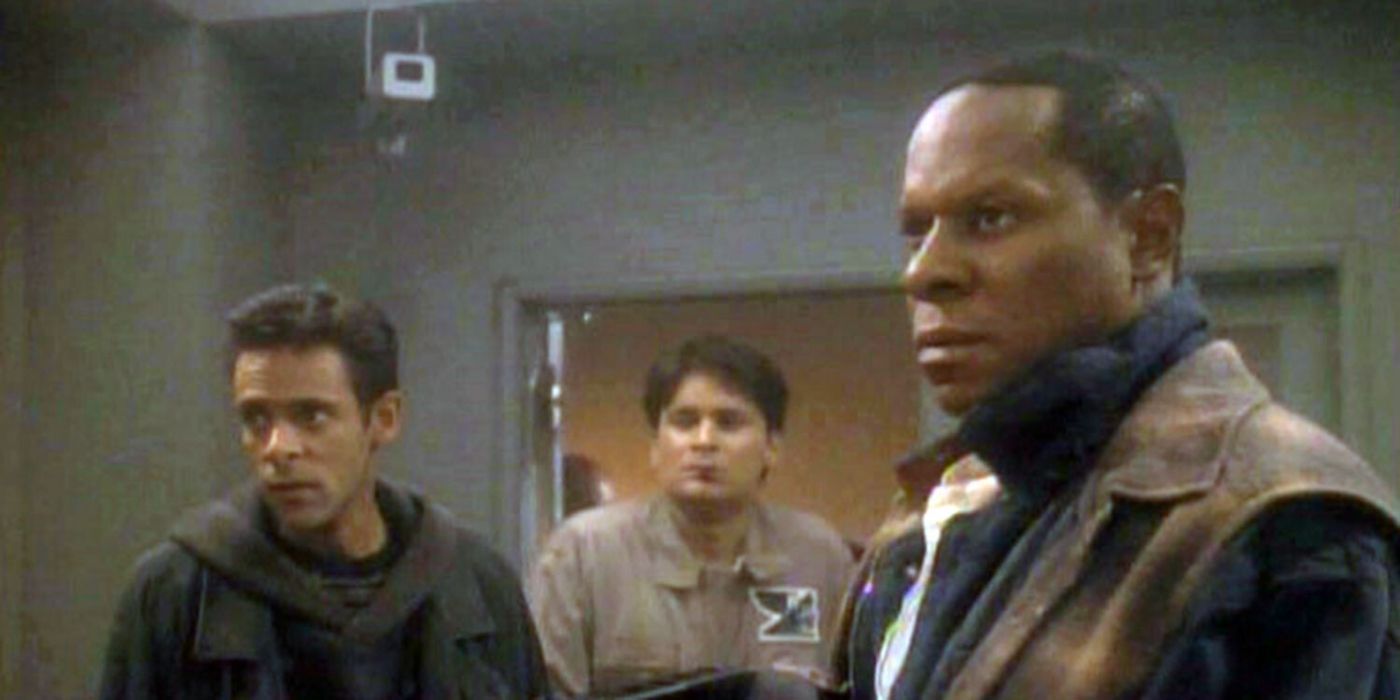
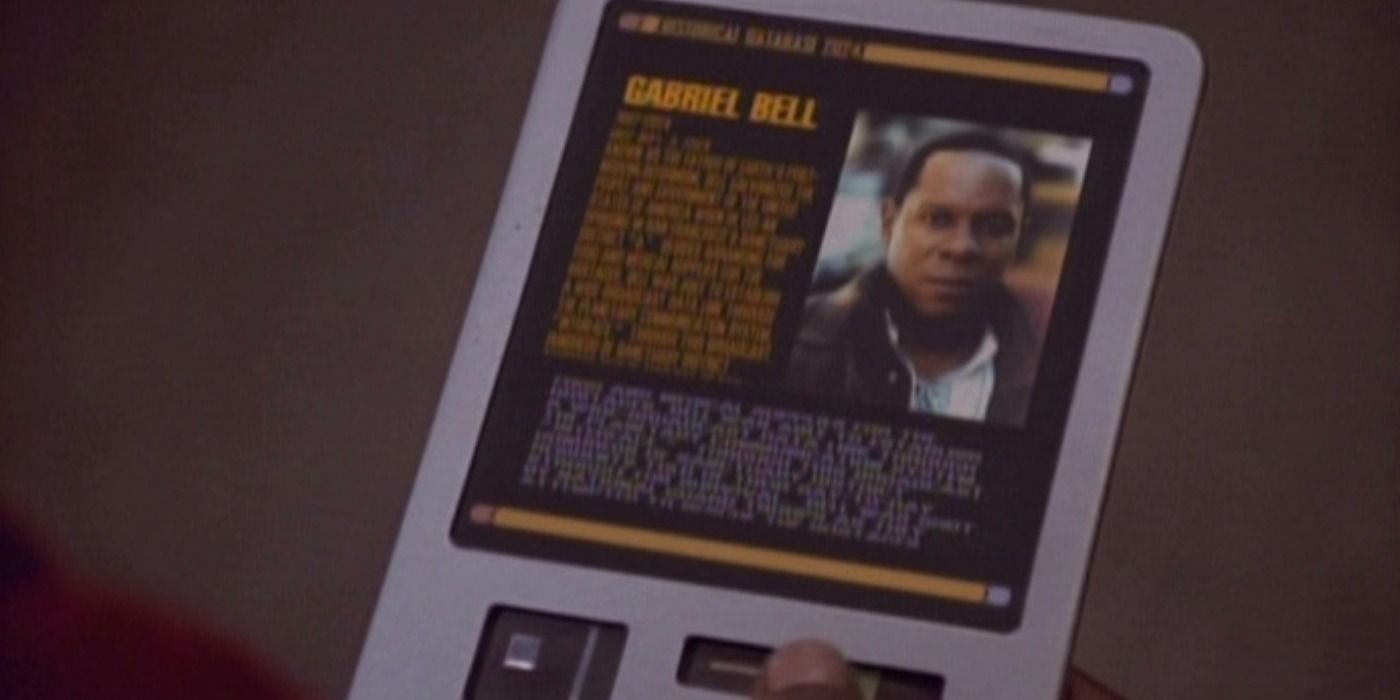





Star Trek: Deep Space Nine‘s Bell Riots are a turning point in Star Trek‘s history that starts the kind of social reform that makes a united Earth, and ultimately, the United Federation of Planets, possible. Ostensibly designed to help San Francisco’s homeless population, the Sanctuary Districts fail the people they’re designed to support. Without housing, medicine, or job opportunities that were promised to them, disillusioned residents turn to violence or die waiting for help that never comes. District resident Gabriel Bell (John L. Bennett) is supposed to lead a riot that makes people realize the Sanctuary Districts aren’t working, but when Bell is killed, Sisko takes Bell’s place to ensure history remains on track.
San Francisco’s Sanctuary District residents have nicknames based on their needs:
Dims: People with mental illnesses
Gimmes: People who want to work, but can’t find jobs
Ghosts: Violent residents who bully others
As Gabriel Bell, Sisko needs to guide history towards the future that births the Federation. When one ghost, Coleridge (Frank Military), decides to take hostages, Sisko determines that an unemployed family man named Michael Webb (Bill Smitrovich) is going to be the face of the Bell Riots, not Coleridge. Once eyes are on the Sanctuary District, the clincher in the Bell Riots is using the internet to share stories like Webb’s, even while the government sends police to the Sanctuary Districts to quell the protesters. The documented violence is proof that rioters have reason to protest, sparking sweeping social reform across the US.
Why Star Trek: DS9’s Bell Riots Matter
30 Years Ago, DS9 Foresaw A Lot Of Modern Social Issues
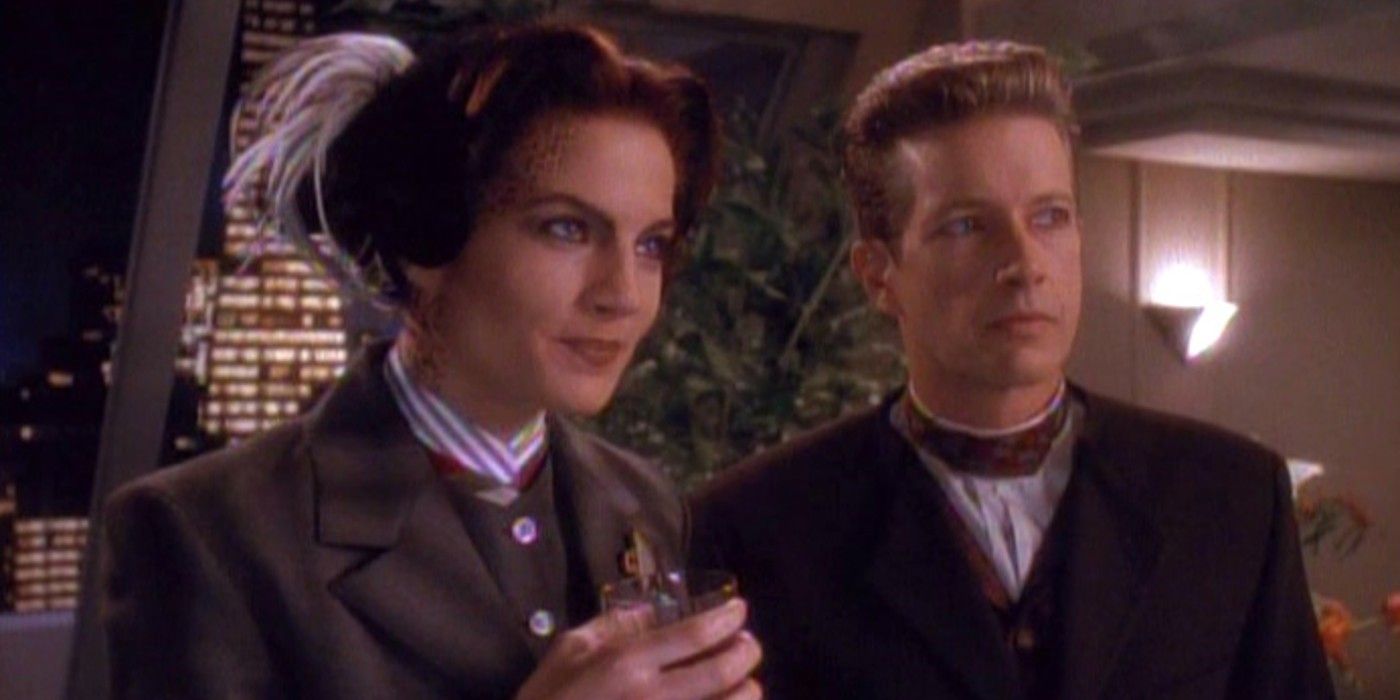
Looking back from the very week that “Past Tense” takes place, Star Trek: Deep Space Nine‘s Bell Riots are eerily prescient. There’s an enormous class disparity between the Sanctuary District residents and Dax’s experiences with tech billionaire Chris Brynner. Brynner and his friends are aware but indifferent to the systemic issues that made the Sanctuary Districts a reality. Those with privilege assume that people are trapped in the District by their own fault. Instead, the failure of the Sanctuary District represents larger systemic issues that those in power are unwilling to solve. Civil servants working in the system become apathetic, even when they actually want to help people.
When Bashir asks how people of the 21st century let it get so bad, the answers are right outside our windows.
In Star Trek: Deep Space Nine, the Bell Riots are important enough to spark real change. Stories from relatable people stuck in the system are enough to convince those outside looking in that it’s possible to make a difference by enacting social reform. In reality, however, so many voices raised in protest get lost in a chorus of issues, to be met with indifference as hollow as Brynner’s. When Bashir asks how people of the 21st century let it get so bad, the answers are right outside our windows. We don’t have Star Trek: Deep Space Nine‘s Bell Riots happening right now, but we do have Star Trek as a road map to a future that it’s still possible to create.





